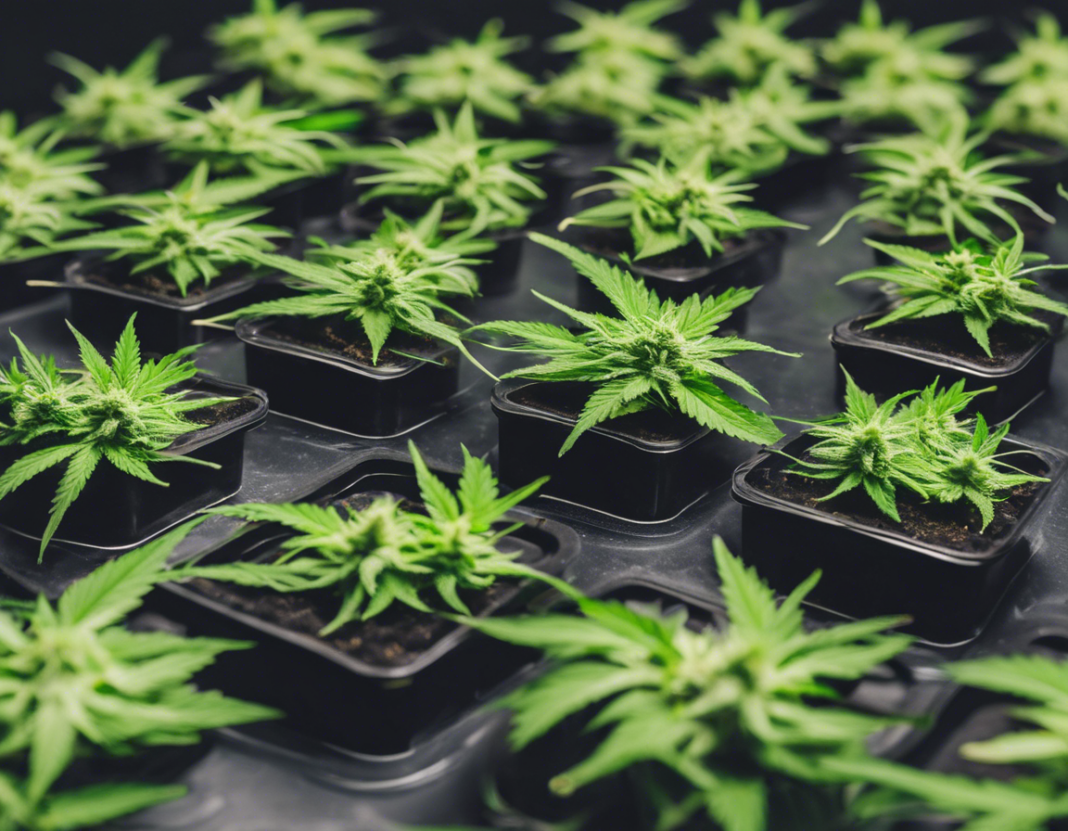Introduction:
Cannabis cloning is a technique used by growers to produce genetically identical copies of a parent cannabis plant. This process allows for the replication of desirable traits, such as high potency, robust growth, disease resistance, and specific flavors or aromas. In this comprehensive guide, we will delve into the world of cannabis cloning, exploring the benefits, methods, best practices, and common FAQs associated with this horticultural practice.
Benefits of Cannabis Cloning:
1. Maintaining Genetic Integrity: Cloning ensures that the new plants retain the exact genetic makeup of the parent plant, preserving its unique characteristics.
2. Consistent Quality: Clones offer a predictable and consistent outcome in terms of potency, yield, and growth characteristics.
3. Faster Growth: Clones skip the seed germination phase and start growing immediately, leading to faster harvest times.
4. Cost-Effective: Cloning eliminates the need to purchase new seeds for each cycle, ultimately saving money for the grower.
Methods of Cannabis Cloning:
1. Selecting a Healthy Parent Plant:
– Choose a mature and healthy plant with desirable traits to serve as the donor for cloning.
2. Preparation of Cloning Environment:
– Set up a clean and sanitized workspace with proper lighting, temperature, and humidity levels.
3. Taking Cuttings:
– Use a sharp and sterilized blade to take cuttings from the parent plant’s lower branches, ensuring they have at least two nodes.
4. Rooting Hormone Application:
– Dip the cut end of the clone into rooting hormone to encourage root development.
5. Planting the Clones:
– Place the cuttings in a suitable growing medium and provide adequate moisture and light for root development.
6. Transplanting:
– Once roots have developed, transplant the clones into larger pots or the desired growing environment.
Best Practices for Successful Cannabis Cloning:
1. Maintain Sterile Conditions: Cleanliness is crucial to prevent contamination and ensure the health of the clones.
2. Optimize Light and Humidity: Provide adequate light and humidity levels to promote root growth and overall health.
3. Use Quality Growing Medium: Choose a well-draining and nutrient-rich medium to support root development.
4. Monitor Temperature: Maintain a consistent temperature range for optimal cloning success.
5. Regular Maintenance: Check on the clones regularly for signs of stress, disease, or nutrient deficiencies and take swift corrective actions.
Common FAQs on Cannabis Cloning:
1. Q: How long does it take for cannabis clones to root?
– A: Cannabis clones typically root within 7-14 days, depending on environmental conditions and the strain.
2. Q: Can I clone a flowering cannabis plant?
– A: It is best to clone from a vegetative cannabis plant for higher success rates, as flowering plants may have lower rooting success.
3. Q: How many times can I clone a cannabis plant?
– A: While some growers report success with multiple rounds of cloning from the same plant, it is recommended to start fresh with each generation to prevent genetic degradation.
4. Q: Should I use artificial lighting for cannabis cloning?
– A: Yes, providing adequate light is crucial for successful cloning, and many growers use fluorescent or LED grow lights for this purpose.
5. Q: Can I clone autoflowering cannabis strains?
– A: While it is possible to clone autoflowering strains, the resulting clones may not retain the auto-flowering trait and may revert to a standard photoperiod plant.
In conclusion, cannabis cloning is a valuable tool for growers looking to replicate specific traits and maintain genetic consistency in their plants. By following best practices, utilizing proper methods, and addressing common FAQs, growers can successfully incorporate cloning into their cultivation practices to achieve desired results in terms of quality, yield, and efficiency.
